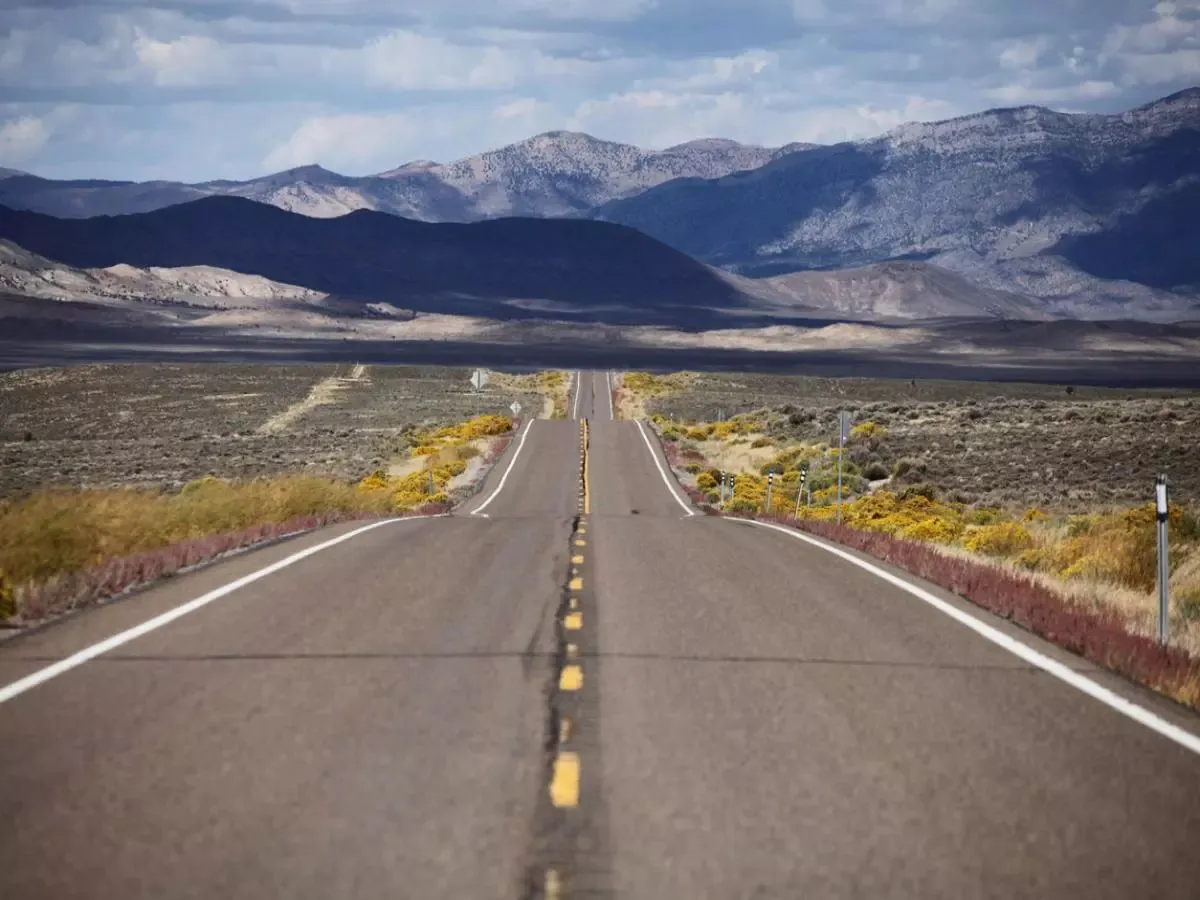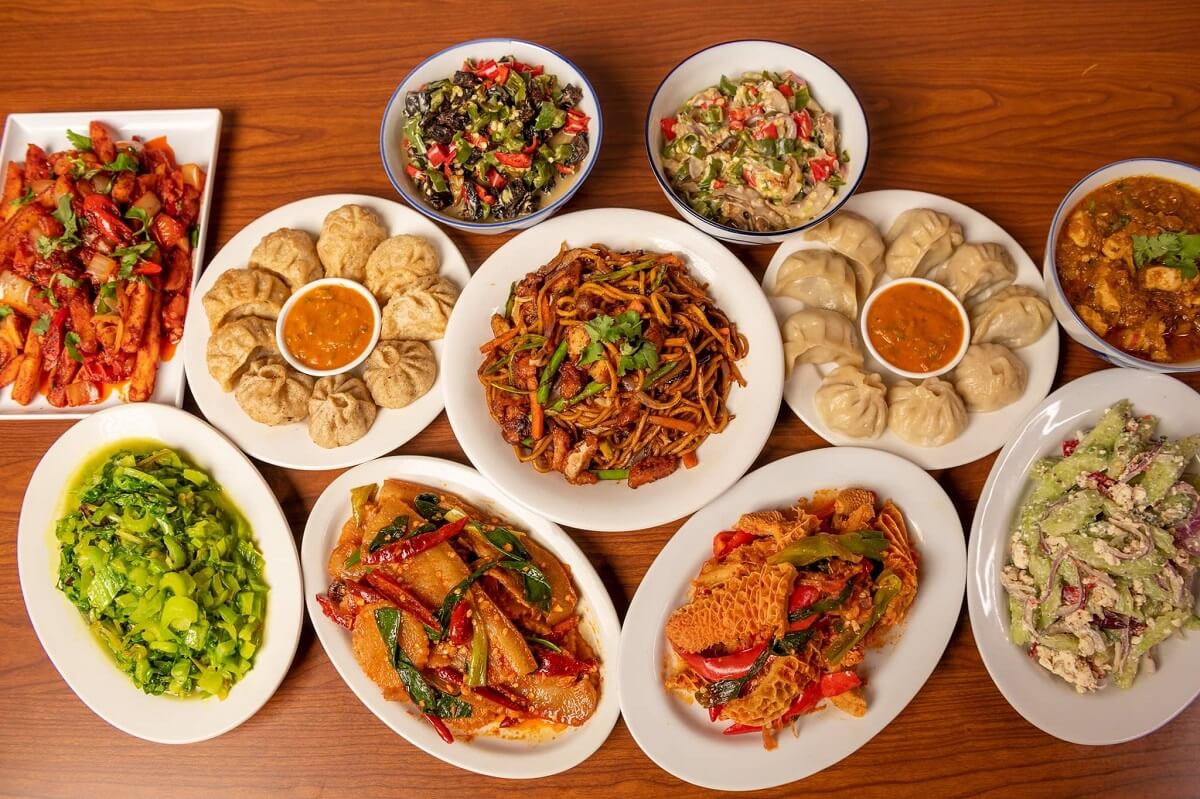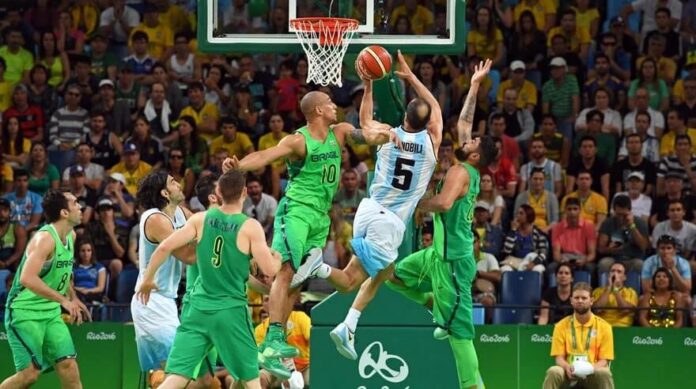
Football (soccer) unquestionably dominates sports culture across South America, but several other sports also hold significant popularity throughout the continent.
Beyond football, volleyball, basketball, rugby, motorsports, tennis, and boxing each attract millions of followers, have well-established leagues, and regularly produce international athletes of global recognition.
While football remains South America’s undisputed king, these sports also command significant attention, participation, and media coverage, reflecting a rich and diverse athletic culture across the continent.
Volleyball: Brazil’s National Passion after Football
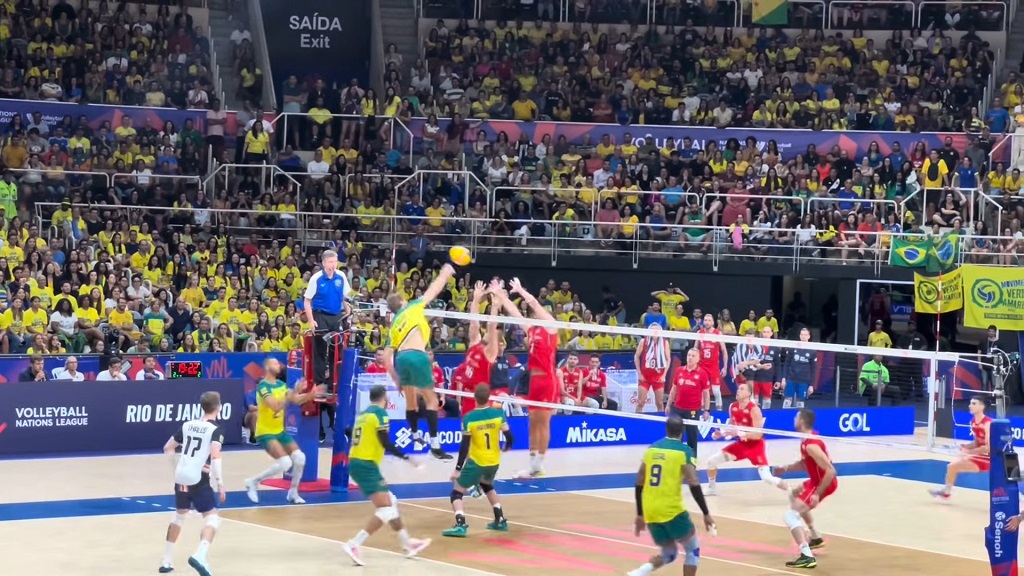
| Volleyball Achievement | Brazil’s Record |
| Olympic Gold Medals (Men) | 3 (1992, 2004, 2016) |
| Olympic Gold Medals (Women) | 2 (2008, 2012) |
| Active Participants | 15 million |
| Largest Event Attendance | Over 10,000 (Beach volleyball events) |
Brazil boasts multiple Olympic gold medals – three for the men’s team (1992, 2004, 2016) and two for the women’s team (2008, 2012) – and consistently achieves strong results in international competitions.
Beach volleyball, notably popular on Brazil’s extensive coastline, attracts massive viewership; events like the Rio Open gather crowds exceeding 10,000 spectators.
Volleyball’s professional leagues also have extensive television coverage, demonstrating the sport’s deeply entrenched popularity across Brazil and neighboring nations.
Horse Racing: Tradition on the Track
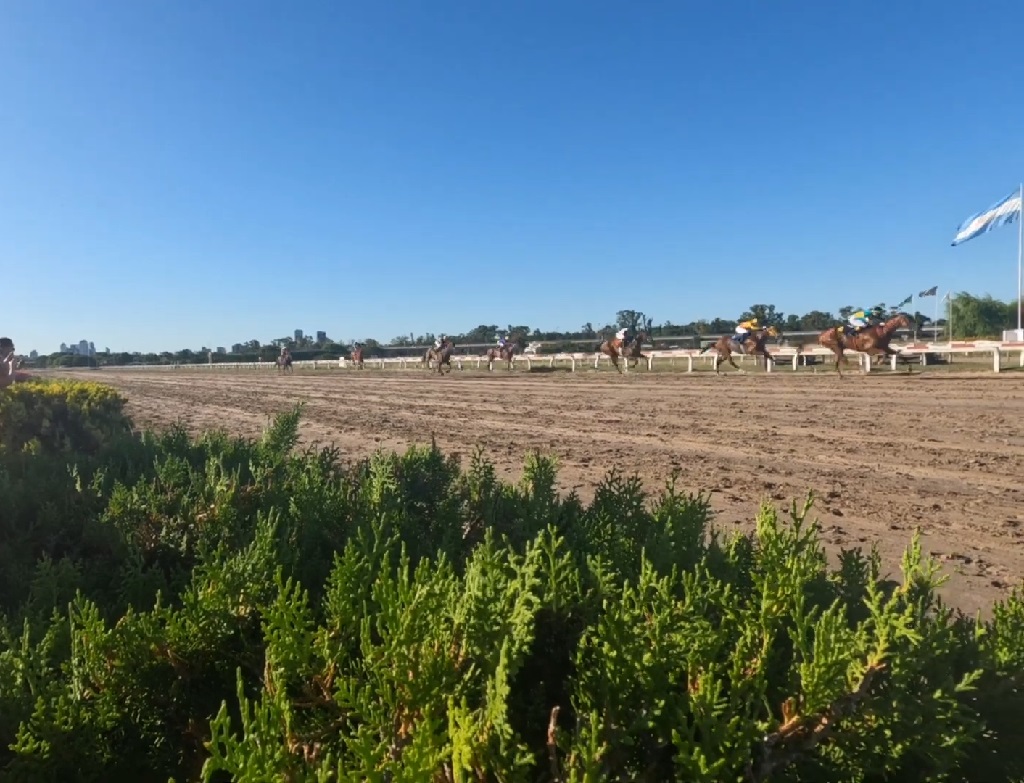
| Country | Iconic Venue | Flagship Race | Estimated Annual Attendance | Notes |
| Argentina | Hipódromo Argentino de Palermo | Gran Premio Nacional | 75,000+ (main race day) | Hosts over 120 race days/year; historic architecture and urban setting |
| Uruguay | Hipódromo Nacional de Maroñas | Gran Premio José Pedro Ramírez | 60,000+ (on main day) | National holiday status, premier race of the calendar |
| Chile | Hipódromo Chile (Santiago) | El Ensayo | 52,000+ | Country’s oldest classic attracts nationwide coverage |
| Brazil | Hipódromo da Gávea (Rio de Janeiro) | Grande Prêmio Brasil | 40,000+ | Longest-running Grade I race in Brazil; televised nationally |
| Peru | Hipódromo de Monterrico (Lima) | Derby Nacional | 30,000+ | Central venue for Peruvian racing, with weekly events |
Buenos Aires’ Hipódromo Argentino de Palermo schedules more than 120 race days a year and regularly attracts crowds of 20,000 spectators on its biggest Saturdays, while Montevideo’s historic Maroñas track remains one of Uruguay’s top-five live sporting attractions.
A basic finish classification that every new fan quickly learns is the “show” finish – a horse that crosses the wire in first, second, or third is said to have shown. Because three finishing positions are celebrated instead of just one, show finishes keep more owners, trainers, and spectators emotionally invested right to the line.
Large venues such as Palermo, Maroñas, and São Paulo’s Cidade Jardim broadcast every show result live, then archive the footage on streaming platforms like TwinSpires so international viewers can watch highlights long after the horses have cooled down.
Attendance numbers illustrate the sport’s enduring pull: Palermo’s Gran Premio Nacional (“Argentine Derby”) drew 75,000 fans in 2024; Chile’s Hipódromo Chile welcomed 52,000 for its El Ensayo classic; and Brazil’s Grande Prêmio Brasil in Rio de Janeiro – run since 1933 – still ranks among the country’s ten most-viewed single-day sporting events.
Furthermore, locals surely love to bet on sports. Between storied bloodlines, iconic venues, and a thriving calendar of graded races, horse racing continues to add yet another strand to South America’s rich and varied sporting tapestry.
Basketball: A Legacy of Stars from Argentina and Brazil
| Country | Notable NBA Players | Active Players | Major Achievement |
| Argentina | Manu Ginóbili, Luis Scola, Facundo Campazzo | 150,000 | Olympic Gold (2004) |
| Brazil | Leandro Barbosa, Anderson Varejão, Nenê Hilário | 3 million | Multiple NBA Players |
Argentina’s gold medal victory in the 2004 Athens Olympics significantly elevated the sport’s popularity, and its national league, Liga Nacional de Básquet, regularly attracts passionate fans, with some games drawing crowds exceeding 8,000 spectators.
Brazil also demonstrates a robust basketball culture. NBA athletes like Nenê Hilario, Anderson Varejão, and Leandro Barbosa have significantly raised the sport’s profile domestically.
According to Brazil’s Basketball Confederation, basketball participation numbers surpass 3 million across all age groups.
Professional leagues such as the NBB (Novo Basquete Brasil) enjoy substantial media coverage, reflecting basketball’s substantial presence in South America’s largest nation.
Also read: Paris 2024 Olympics Medal Winners
Rugby: Argentina’s Emerging Sporting Power

| Country | Registered Players | Major Achievement |
| Argentina | 138,000 | Rugby World Cup 3rd place (2007) |
| Uruguay | 10,000+ | Regular World Cup Participation |
| Chile | 30,000 | Qualified for the 2023 Rugby World Cup |
Argentine rugby participation has grown steadily, with the Argentine Rugby Union (UAR) reporting 138,000 registered players as of 2024.
Argentina’s national team, Los Pumas, consistently ranks among the world’s top teams, reaching third place at the Rugby World Cup in 2007 and regularly competing effectively in international tournaments such as the Rugby Championship against traditional rugby powerhouses like New Zealand, South Africa, and Australia.
Other countries, notably Uruguay and Chile, have also begun investing heavily in rugby. Uruguay’s national team, Los Teros, has become a regular Rugby World Cup participant, dramatically raising rugby’s profile domestically.
Chile’s rugby federation reports steady growth, counting approximately 30,000 registered players nationwide as of 2024.
Motorsports: Brazil’s Racing Legacy
| Notable Motorsport Event | Annual Attendance | Legendary Figures |
| Brazilian Grand Prix (Formula 1) | 150,000+ | Ayrton Senna, Nelson Piquet, Emerson Fittipaldi |
| Argentina Turismo Carretera | 50,000+ | Juan Manuel Fangio |
Iconic Brazilian drivers like Ayrton Senna, Nelson Piquet, and Emerson Fittipaldi have significantly shaped the nation’s motorsport legacy.
According to recent data, motorsport ranks among Brazil’s top five most-followed sports, with televised races routinely attracting millions of viewers.
Argentina similarly boasts strong motorsport traditions, notably in rally competitions and touring car racing.
The Turismo Carretera, one of the world’s oldest continuous racing series, founded in 1937, enjoys massive popularity, regularly attracting crowds of over 50,000 spectators to its events.
Tennis: Argentina’s Enduring Love Affair
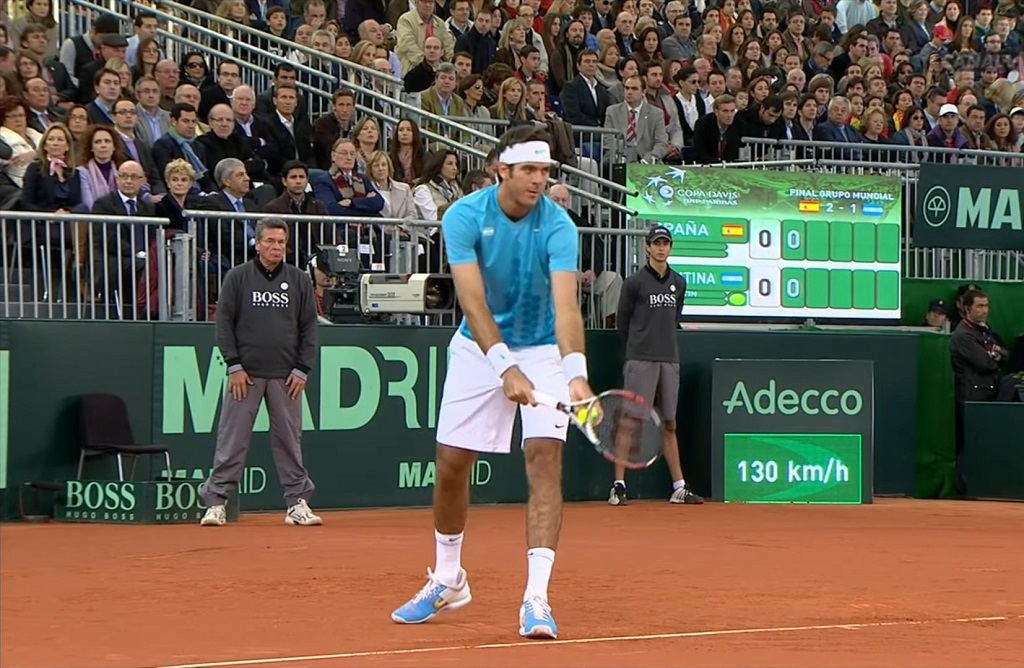
| Country | Famous Players | Amateur Players | Notable Tournament |
| Argentina | Juan Martín del Potro, Gabriela Sabatini, Guillermo Vilas | 500,000 | Buenos Aires ATP Open |
| Brazil | Gustavo Kuerten (3x French Open Winner) | 200,000+ | Rio Open (ATP 500) |
| Chile | Marcelo Ríos (Former World #1) | 100,000+ | Chile Open |
According to the Argentine Tennis Association, tennis is among the top five most popular sports in Argentina, with over 500,000 active amateur players nationwide.
The Buenos Aires Open, an ATP 250 tournament, routinely fills its stadium with crowds of over 20,000 fans per tournament, showcasing tennis’s robust fan base.
Brazil and Chile also have thriving tennis cultures, each regularly hosting successful ATP and WTA events, contributing significantly to the sport’s regional popularity.
Boxing: A Deeply Rooted Tradition
| Country | Famous Champions | Amateur Boxers | Notable Achievements |
| Argentina | Carlos Monzón, Sergio Martínez, Marcos Maidana | 100,000+ | Numerous World Titles |
| Venezuela | Jorge Linares, Edwin Valero | 50,000+ | Multiple World Champions |
| Colombia | Miguel “Happy” Lora, Eleider Álvarez | 40,000+ | World Championship titles |
The sport continues to flourish, especially at grassroots levels, with Argentina’s Boxing Federation reporting over 100,000 active amateur boxers in 2024.
In Venezuela and Colombia, boxing enjoys dedicated followings, consistently producing champions such as Venezuela’s Jorge Linares and Colombia’s Miguel “Happy” Lora.
Local boxing gyms are widespread in these countries, serving as important social and athletic hubs in urban and rural communities alike.
Also read: The story of Naoya Inoue
Final Thoughts
Football may dominate headlines and hearts, but South America’s rich sports culture extends far beyond the pitch.
Volleyball, basketball, rugby, motorsports, tennis, and boxing hold prominent places, enjoying millions of participants and widespread media coverage.
Read Next – FIFA Club World Cup 2025





